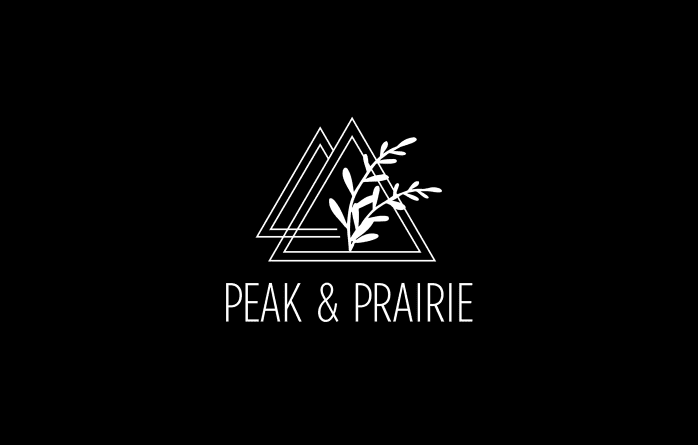Eco-friendly. Environmentally sound. Living green.
However you choose to phrase it, sustainable living is fast becoming one of the most popular lifestyle philosophies. Most commonly associated with conservation practices such as organic farming, urban gardening, and local sourcing, sustainability is catching on in luxury custom home construction.
One of the primary factors driving the green building boom is its long-term economic benefits. They can save you an incredible amount of money on your energy costs. And green homes most often sell at a premium and spend far less time on the market than their less sustainable counterparts.
Building and living in a green home also infuses a sense of pride in the owner. Yes, you're using resources, and you are making an impact on the environment. But, there's a better feeling knowing that impact is minimal, with a clear idea of how you affect the world around you and ensure the footprint you make is environmentally friendly.
Let’s be honest, for designers, buildings, and homeowners alike, creating something unique that moves in concert with its surroundings instead of against it is both profound and exciting.
Sounds wonderful. So how do you do it?
How do you build sustainably, particularly when luxury home construction requires its fair share of resources?
Before disturbing a single piece of earth on your new build, consider these three ways to build a more sustainable home.
Reduce Your Footprint—Literally
Although custom homes are meant to be grand affairs—and those built-in Colorado fit this ideal—they can tax resources during the initial construction phase and over the life of the home.
Instead of adopting the bigger is better mantra, employ thoughtful design in the development of your home. First, consider the number of people occupying the house and its overall size. Do you need or even want 5,000 to 7,000 square feet of space? That’s a lot of home to take care of for a family of two, three, or even four people.
Consider this example for a more thoughtful design approach:
Assume your original plans call for four guest bedrooms at a size of 14x14, each with its own ensuite measuring 7x7. These plans also call for a 12-foot ceiling height.
Without losing too much of your home's original vision, reducing the four bedrooms to 12x12 and eliminating two bathrooms reduces your home's size by 306 square feet. While you're at it, maybe even lower your ceiling height by a foot or two.
It’s relatively minor, sure, but it’s less space you have to heat and cool, plus a reduction in your building materials, including the drywall, plumbing, electrical, fixtures, and flooring. Taking 12-foot ceilings down to 10 feet further reduces your environmental impact.
Utilize Renewable Building Materials
When people think about sustainable homes, the construction materials used are what usually first come to mind. However, choosing your eco-friendly construction components is not as simple as you might think.
For starters, sustainability isn’t solely about materials used, but where they’re sourced from, how they’re processed, and the methods used to transport and deliver them.
The most popular way to minimize your home-building footprint is to seek out wood grown through
sustainable forestry. Source your home’s brick, stone, and metal from providers specializing in recycled or reclaimed materials.
Or take the unconventional route, and use highly renewable yet not always traditional materials. These can include cork or bamboo for floors, recycled glass tiles for showers, surrounds, and backsplashes, and HempCrete or Timebercrete in place of conventional concrete blocks.
Outfit Your Home with Eco-Friendly Comfort Systems and Appliances
Finally, when building a sustainable home, it's not just space or building materials that matter. How you close and seal the house, then heat and cool it matters just as much.
Windows do more for your home’s sustainability than any other component. Install Energy Star-rated windows explicitly made for Colorado’s climate and your home’s specific location.
Then with your HVAC system, leave no vent, duct, or insulated area overlooked. The system itself should include premium filters, intelligent thermostats, efficient blowers, well-sealed ductwork, and comprehensive insulation (Icynene or spray foam and Polystyrene are tops for long-term sustainability thanks to their massive reduction in electricity costs).
If you want to go fully green with your HVAC solution, explore the possibility of solar power or a geothermal energy system.
And don’t overlook your home’s lighting and appliances. For the former, use LED-smart lighting that includes sensors and timers you can control remotely. For the latter, make sure all of your appliances are EnergyStar rated.
If you're considering building a home, you should contact a trusted adviser with experience in new home construction. As a real estate and interior design company, Peak & Prairie is well versed in everything you need to know about the process. If you're in Colorado and are looking for a company you can depend on,
contact Ambierre Rediger or Laura Rojas today. We'd love to meet you and hear more about your project!

